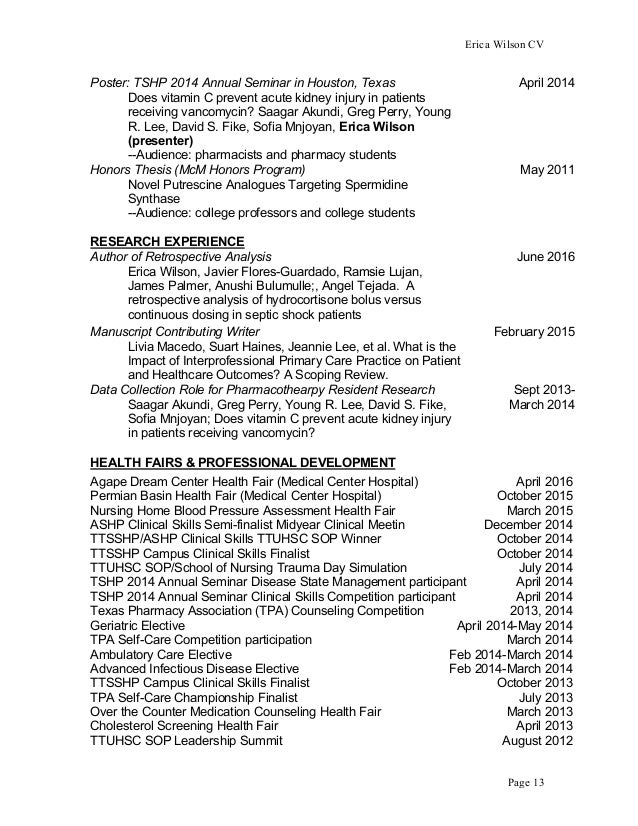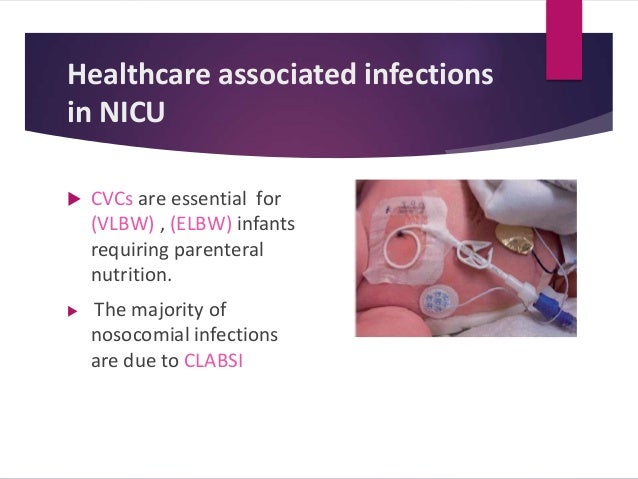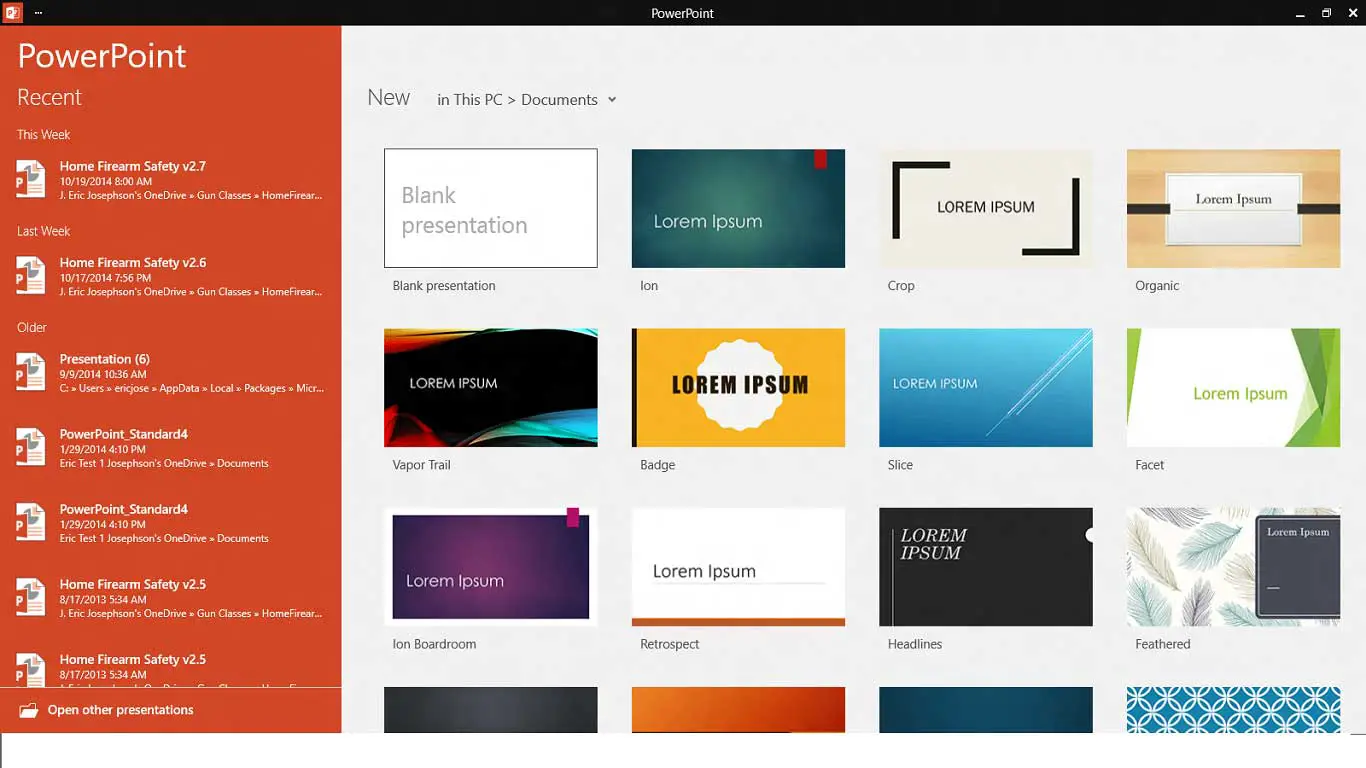
Pushed Authorization Requests (PAR) - RFC 9126.These specs are used to add additional security properties on top of OAuth 2.0. Dynamic Client Registration Management - Experimental RFC 7592, for updating and managing dynamically registered OAuth clients.Dynamic Client Registration - RFC 7591, to programmatically register OAuth clients.Authorization Server Metadata - RFC 8414, for clients to discover OAuth endpoints and authorization server capabilities.


Device Authorization Grant - OAuth for devices with no browser or no keyboard.Browser-Based Apps - Recommendations for using OAuth with browser-based apps (e.g.Native Apps - Recommendations for using OAuth with native apps.Threat Model and Security Considerations - RFC 6819.Client Types - Confidential and Public Applications.If you need help, on the Microsoft Support website you will find support and tutorials. In case you are looking for free alternatives, you may want to download Prezi or Free Slideshow Maker. If you didn't like the old version, however, there isn't a lot here to change your mind. If you need to create presentations for work or school, it remains the go-to tool. Microsoft PowerPoint 2016 is essentially a slightly improved version of its predecessor, with a few new features and some overall improvements in Office 2016. Still the standard for presentation design If you want to make your slides the old-fashioned way, of course, that's still possible.

Some design processes are now streamlined or automated: for instance, if you start entering a list of bullet points, PowerPoint will now offer to turn your list into an eye-catching SmartArt graphic.

The interface is essentially the same, with the only changes being a few small additions such as the Help menu. If you've used PowerPoint 2013, you won't see a lot of changes in Microsoft PowerPoint 2016.


 0 kommentar(er)
0 kommentar(er)
